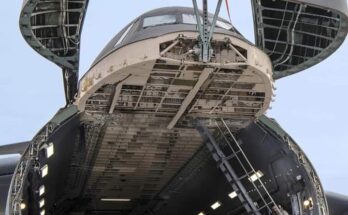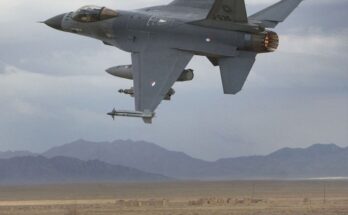
Here’s a powerful image from the aftermath of the Air India Boeing 787 Dreamliner crash in Ahmedabad—smoke and flames billowing from the wreckage at a medical college hostel.
Preliminary Findings & Investigation
- The black box was recovered, and both Indian and U.S. agencies, along with Boeing and GE, are investigating. Main focus areas include engine thrust, flaps, landing gear, and fuel systems.
- A preliminary report from India’s AAIB revealed that fuel was inexplicably cut off soon after takeoff. Audio captured one pilot asking the other why fuel was cut—leading to a sequential engine shutdown, a Mayday call, and the ensuing crash.
- The crash marks the first fatal accident involving a Boeing 787 Dreamliner, and it’s being compared to India’s deadliest aviation disasters.
Aftermath & Response
- Debris—including the engines, one of which was buried under a water tank—has been transported to a secure hangar for detailed analysis.
- The tragedy resulted in one of India’s largest aviation insurance claims, estimated between $211–280 million (~₹2,400 crore).
- Emergency response was swift, with disaster teams, ambulances, and hospitals activated. DNA tests began for identification of victims, and families were supported via relief flights and centers.
Safety Reforms on the Horizon
- A Parliamentary committee recommended granting full autonomy to India’s aviation regulator, the DGCA, alongside calls for modernized ATC infrastructure, improved staffing, and fatigue management for crew and controllers.
- A Reuters report underscores critical staffing shortages at DGCA and ATC, with almost half of DGCA positions vacant. They urged accelerated hiring and consideration of a new safety authority.
- Air India initiated one-time safety checks across its entire 787 fleet following the incident.
Why This Matters for Aviation Safety
This crash is a seismic wake-up call that could realign civil aviation in India—and beyond—by highlighting:
- Systemic gaps in regulatory autonomy and staffing for safety oversight.
- The importance of modernizing ATC infrastructure and reducing operator fatigue.
- The need for transparency in black box data and pilot communications—to address potential human factors, such as cockpit coordination.
- Aircraft systems and maintenance scrutiny, especially with the globe-trotting 787 fleet.
- The potential emergence of a more independent or empowered oversight body to ensure safety isn’t compromised.
In Summary
- A catastrophic crash on June 12, 2025, took place when an Air India Dreamliner crashed after takeoff in Ahmedabad, killing nearly all aboard and many on the ground.
- A lone survivor was found; preliminary evidence points to a fuel cutoff as the triggering factor.
- The accident has catalyzed urgent calls for aviation reforms—from staffing and infrastructure to regulatory autonomy and aircraft safety checks.
Let me know if you’d like to explore more—whether it’s the black box findings, regulatory reforms, aircraft technical details, or the survivor’s story.

